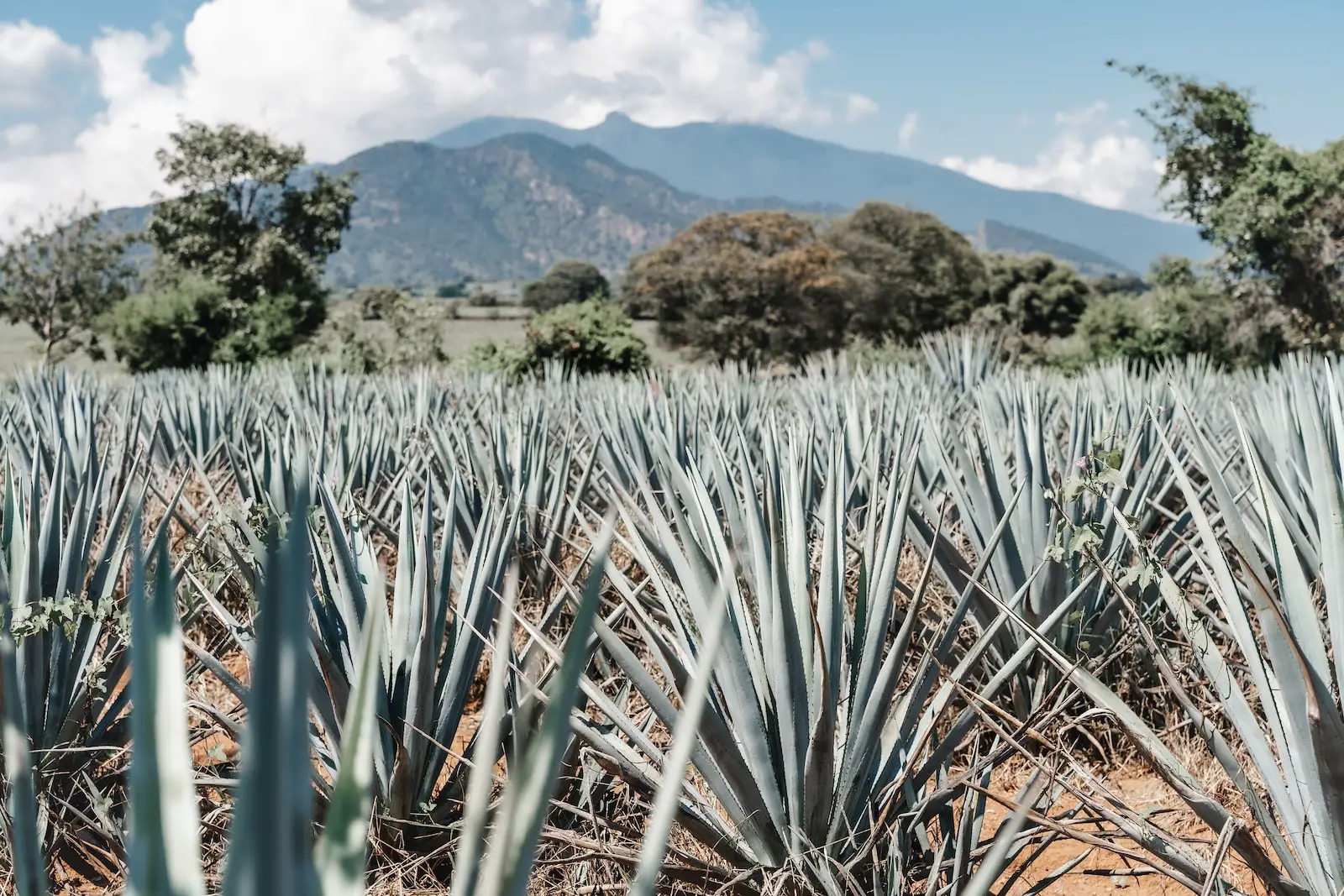The Agave plant is an iconic succulent known for its large, bold rosettes composed of sharp-edged, thick leaves. Belonging to the Asparagaceae family, the Agave is native to the hot and arid regions of Mexico and the southwestern United States. It’s renowned not only for its ornamental beauty but also for its many uses in beverages, sweeteners, and fibers.
There are more than 200 species of Agave, varying widely in size, color, and form. Some Agave plants are small enough to fit on a windowsill, while others can grow to massive proportions. Agaves are often used in xeriscaping, a type of landscaping that requires little to no irrigation, due to their drought-tolerant nature.
Despite their intimidating appearance, Agave plants are relatively easy to care for, making them a popular choice among gardeners of all experience levels. With proper care and attention, these striking plants can thrive both indoors and outdoors, adding unique visual interest to gardens, landscapes, or home interiors.
| Attribute | Details |
|---|---|
| Common Names | Agave, Century Plant |
| Botanical Name | Agave spp. |
| Family | Asparagaceae |
| Plant Type | Succulent |
| Mature Size | 1-10 feet in height, depending on species |
| Sun Exposure | Full sun to partial shade |
| Soil Type | Well-drained, sandy soil |
| Hardiness Zones | 5-11, depending on species |
| Native Area | Mexico, Southwestern United States |
Agave Care
Agave plants require minimal care, making them an ideal choice for those who want a low-maintenance but attractive plant. Full sun, well-drained soil, and infrequent watering are the key to successful Agave cultivation. They are highly resistant to drought, thriving in arid conditions where other plants might struggle.
Frost can be damaging to some Agave species, so winter protection or bringing potted Agaves indoors may be necessary in colder climates. With its slow growth habit and resistance to most pests and diseases, Agave is a rewarding plant to grow, offering dramatic beauty with little fuss.
Light Requirement for Agave
Agave plants prefer full sun but can tolerate some partial shade. Too little light may cause the plant to become leggy and lose its vibrant coloration. Indoor Agaves should be placed near a bright window with southern exposure for optimal growth.
Soil Requirements for Agave
Well-draining soil is vital for Agave, as stagnant water can cause root rot. A sandy or gritty soil mix, often used for cacti and succulents, is ideal. Adding perlite or sand to regular potting soil can also create the proper drainage needed for these plants.
Water Requirements for Agave
Agave plants are highly drought-tolerant and should be watered sparingly. Allow the soil to dry out between waterings, especially during the winter months when the plant is dormant. Overwatering can lead to root rot and other moisture-related issues.
Temperature and Humidity
Agaves prefer warm temperatures and low humidity. While they can tolerate mild frost, prolonged exposure to freezing temperatures can damage or kill the plant. In regions where frost is common, it’s best to grow Agaves in containers that can be moved indoors or provide winter protection.
Fertilizer
Agaves typically do not require fertilization. If you choose to fertilize, use a balanced, slow-release fertilizer in the spring at the start of the growing season. Over-fertilization can lead to excessive growth and a weakened plant.
Pruning Agave
Pruning Agave is generally unnecessary, but dead or damaged leaves can be trimmed to maintain the plant’s appearance. Always use caution when pruning Agave, as the sharp edges and tips of the leaves can cause injury.
Propagating Agave
Agaves can be propagated through offsets, also known as “pups.” These small plants grow around the base of the parent plant and can be carefully separated and replanted. Some species also produce bulbils, or small plantlets, on their flower stalks, which can be propagated.
How To Grow Agave From Seed
Growing Agave from seed is a slow process but can be rewarding. Sow seeds in well-drained soil, keeping them warm and lightly moist. Germination can take several weeks, and the seedlings will grow slowly.
Common Pests & Plant Diseases
Agaves are relatively resistant to pests and diseases. However, they can be affected by agave snout weevils, mites, or fungal diseases like root rot if overwatered.
Common Problems With Agave
Root Rot
Caused by overwatering or poorly drained soil, root rot can be fatal to Agave. Ensuring proper drainage and watering sparingly can prevent this problem.
Frost Damage
Agaves may suffer damage or death from prolonged exposure to frost. Winter protection or growing in containers for easy movement indoors can mitigate this issue.
Pests
Agave snout weevils and mites can infest the plant. Regular inspection and proper care can help keep these pests at bay.
Pro Tips
- Choose the right Agave species for your climate and space.
- Plant in well-draining soil to prevent root rot.
- Water sparingly, especially during the plant’s dormant winter period.
- Protect from frost if needed, either by moving containers indoors or using protective coverings.
- Handle with care; the sharp edges of Agave leaves can be injurious.




